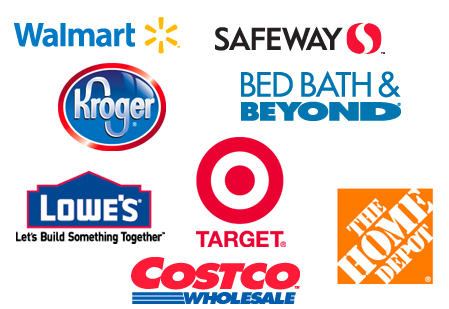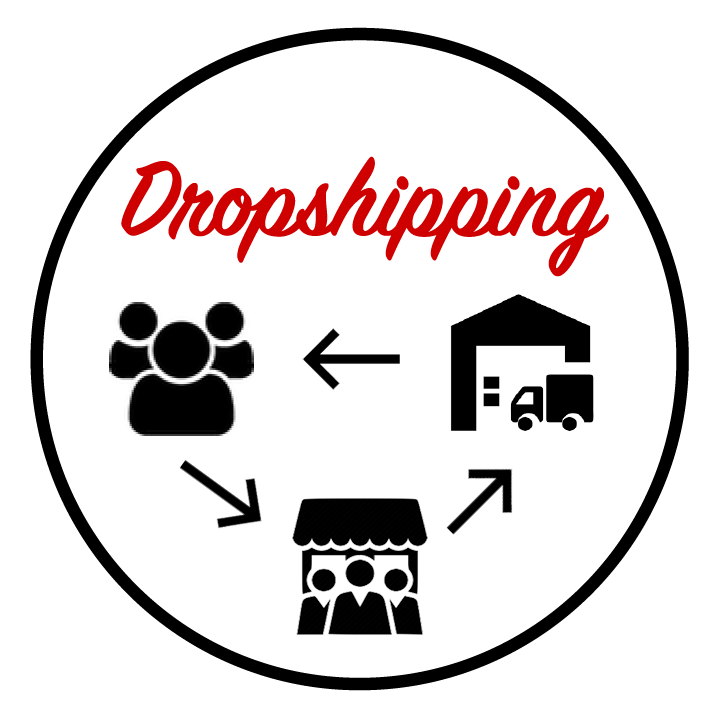

Your Guide To Starting An eCommerce Business in 2020
Written By: Julia Russo, Founder & CEO. Published: 08/19/2020
We’re discussing the top two eCommerce structures, B2C (business to consumer) and B2B (business to business), as well as comparing a few of the most popular revenue models. eCommerce has been experiencing rapid growth as consumers increasingly move online over visiting brick and mortar stores. It’s also no surprise this growth has particularly spiked in the wake of Covid-19. A recent report from the big leagues (McKinsey, BoA, you get the idea) shows the cumulative growth of eCommerce in 3 months during the pandemic matched what was achieved in the past 10 years in the United States.
So whether you’re looking to get rich or just want to get off the couch this pandemic season, let’s take a look at some routes to consider when starting an eCommerce business in 2020.

#1. B2C Vs. B2B
Business to Consumer
If a customer is willing to buy it, or a retailer wants to resell it to individual consumers, you have a B2C model. Products can range from sunglasses to beauty products to funky new electronic devices – the world is your oyster. Most of our clients are B2C eCommerce businesses, such as the online tutoring startup, Inspyre Academics or beauty product startup BellaGlamm.
Pros: 1. Take advantage of low barriers to entry, i.e. low overhead costs/relatively easy to start 2. Do it from anywhere inexpensively, there are many global distribution options 3. Wide-range of product and industry options, customer facing (if you like people)
Cons: 1. Highly competitive, as low barriers to enter means, well anyone can really do it. Not only that but you’re going against big league high-scale companies (such as Amazon) 2. You’ll likely have to deal with customer service/return headaches 3. Finding reliable manufacturers and suppliers can be difficult when first starting out
Business to Business
If a business is willing to buy it, you likely have a B2B model. Products include anything from office supplies, packaging/printing to medical equipment. If you don’t like working with people, don’t go into business because you’re still working with people! Our company, Happy Go Lucky Co. is mostly B2B, but we also work with direct customers looking to have portfolio sites, which demonstrates how blended B2B and B2C models can be.
Pros: 1. Typically B2B clients order in bulk, so you’ll have fewer orders/accounts to manage overall but often comparatively more $$$ per client 2. Strong growth in the B2B sector, projections shoot over x2 the amount of B2C 3. If you find a real niche for businesses that can’t be knocked off easily, you could make serious margins on your products and reduce competition
Cons: 1. Bigger learning and customer acquisition curves. Having businesses as your customer base means your ducks need to be in a row in order to ensure they take you seriously 2. Heavy price competition. Selling B2B means you’re selling to businesses that always have their bottom-line in mind, i.e. they’re on the hunt for the best prices 3. Because businesses typically buy in bulk, you’ll often need to have a good grasp of your demand/inventory levels at all times

#2. Wholesale Vs. Retail
Wholesaling is a business model largely relegated to the B2B model, where an eCommerce store offers products in large quantities at discount rates to businesses that will resell the products for a profit. Wholesalers can be the original manufacturer or supplier, but they don’t have to be. In this way, wholesalers may choose to retain ownership of inventory entirely. Retailers on the other hand buy from wholesalers and resell the products at a premium in order to reap a profit. They are on the frontline working directly with customers, which comes with a range of challenges and benefits in of itself.

#3. Private Label Vs. White Label
Private label means a B2C or B2B company brings their brand and product specs to a manufacturer, and therefore gets exclusivity rights for those product specs. White label means a B2C or B2B company brings their brand to a manufacturer, but their manufacturer already has specs for the product (in other words, it’s a generic product that can be easily copied), and therefore you don’t get exclusivity rights for those specs – your manufacturer can turn around and produce the same generic product for anyone else.
Keep it simple: Private Label: Higher cost, higher risk, more differentiation, potentially less competition, hence greater ROI (Return-On-Investment). White Label: Lower cost, lower risk, less differentiation, much more competition, hence lower ROI.

#4. Dropshipping
Does the idea of holding onto excess inventory worry you? It’s one of the biggest concerns for new entrepreneurs that don’t have a good enough grasp on their demand yet. A modern invention is the dropshipping model, which essentially acts as a middleman between consumers and eCommerce businesses. When an order is placed with a business, dropshipping companies place orders with manufacturers (or are the manufacturers themselves) who then ship the items directly to the consumer.
In this way, businesses that use dropshipping don’t need to pay for warehouse space, order or manage stock, pack or ship products, track inventory, or even handle returns. There are risks however, as you’re outsourcing the entire production and supply process with little-to-no oversight. In addition, seeing as anyone can start a dropship business, the competition is ON. In other words, your profit margins can become smaller and smaller as you pay suppliers to do all of the work for you, and more and more people enter the market.

#5. Subscription Model
In the era of Covid-19, what could be better than fresh ingredients delivered to your doorstep, or a curated selection of clothes or makeup for you to try out without ever leaving your house? Now could be the perfect time to utilize this revenue model for your new eCommerce business. One of our newest client’s CoffeeMap is taking advantage of this pivotal time through a coffee subscription business model. This model can afford a new entrepreneur the opportunity to plan and foresee changes to inventory, as well as maintain customer retention with renewal plans.

So there you have it, the top business and revenue models to consider as you launch your eCommerce business. Don’t forget to get in touch if you think we can help you along the way!
All Rights Reserved. Happy Go Lucky Company, LLC